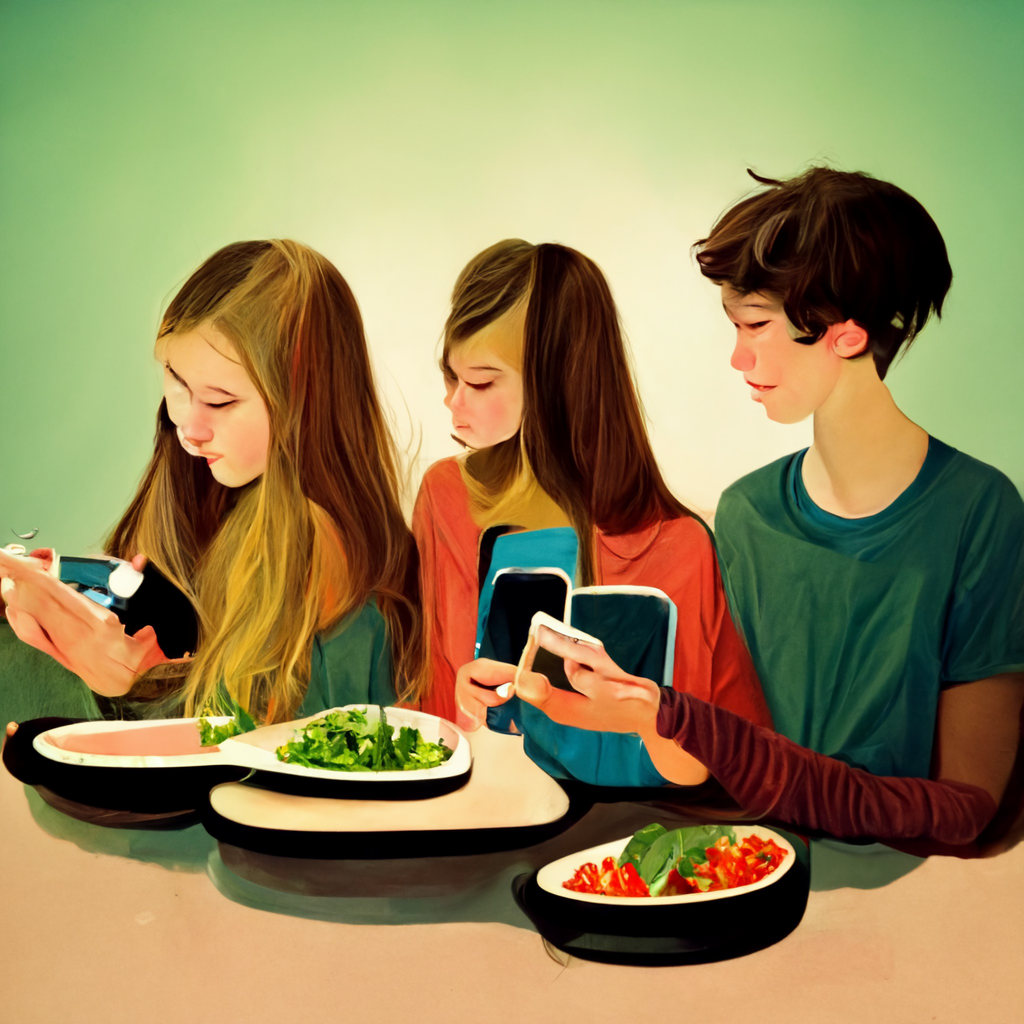
7 December 2022
Data analytics helps making sense of teens’ food talk on social media
Posting about foods and drinks is immensely popular on social media. Despite this ongoing trend, little is known about how teens communicate about food and drinks on social media. This study in Acta Psychologica uses data analytics to describe the content, style, and healthiness of teens’ dietary communications. Also, the researchers examine which contents and styles receive more likes than others.
Take aways
- Teens most often talk about neutral to unhealthy foods and drinks on social media. Very healthy foods (like vegetables and other non-processed foods) were less often mentioned.
- How teens communicate affects the response of online friends. Messages with a positive tone and a personal perspective receive slightly more likes.
- For receiving likes, it does not matter how healthy the food and drinks within a message are.
- Messages containing a (food) image get most likes by teens. This stresses the importance of communicating visually when addressing teens on social media.
Study information
Who?
774 teens in primary and secondary school, 8 – 17 y/o, mean age: 10.29 years, 59% girls.
Where?
The Netherlands
How?
The study used a dataset from the MyMovez project, containing over 72,000 social media messages exchanged between teens. The researchers used several computational tools to analyze these communications:
- Message style: The authors used sentiment analysis and the LIWC 2015 tool to gain more insights into the tone of the message: how teens communicated.
- Message content: The researchers used topic modeling to reveal what teens talked about, but unfortunately, this method did not work well for these communications. However, they did assess how healthy the foods and drinks were that teens talked about; for each food and drink mentioned, a nutri-score was calculated using the nutri-score labelling system.
Facts and findings
- As it turned out, teens did not talk about food all the time. Only roughly 3% of all sent messages mentioned foods or drinks.
- Teens hardly talked about very healthy food: about 8% of the food talk was about healthy food. But when they did, they used a similar positive tone as for unhealthy food. This suggests that these teens did not necessarily dislike foods such as kale, spinach, broccoli & Co.
- Not surprisingly for a Dutch sample, the three most often mentioned foods mirrored stereotypes about the Dutch cuisine:
- Cheese: 86 mentions
- Pizza: 66 mentions
- Fries: 58 mentions
- Fun Fact: Kids get creative when talking about food. Our analysis revealed the use of various food synonyms. For “McDonald’s” alone teens used no less than eight different synonyms: maccie, macces, mc donalds, mac donalds, macdonalds, mcdo, mac do, and mc do.